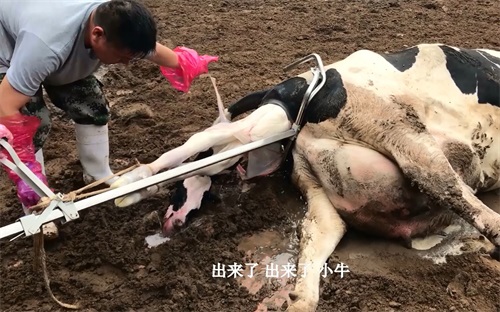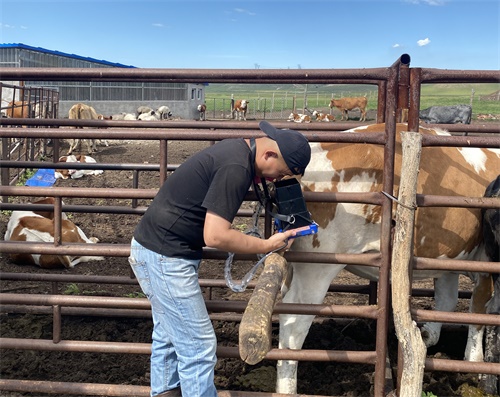What Are the Two Types of PET Scans?
Positron Emission Tomography (PET) scans are powerful imaging techniques that provide valuable insights into the body’s metabolic processes. Commonly used in oncology, cardiology, and neurology, PET scans help healthcare providers diagnose and monitor various health conditions. This article will explore the two main types of PET scans, their applications, and how they contribute to patient care.
Understanding PET Scans
PET scans use small amounts of radioactive material, known as radiotracers, which emit positrons. When these positrons collide with electrons in the body, they produce gamma rays that are detected by the PET scanner. The resulting images allow healthcare providers to visualize metabolic activity in tissues and organs, helping them identify abnormalities that may not be visible through other imaging techniques.
The Two Main Types of PET Scans
1. Standard PET Scans
Standard PET scans are the most commonly performed type of PET imaging. These scans typically use a radiotracer called fluorodeoxyglucose (FDG), which is a glucose analog. Since cancer cells often have higher metabolic rates and consume more glucose than normal cells, FDG-PET scans are particularly effective for detecting tumors.
Applications of Standard PET Scans:
- Cancer Diagnosis and Staging: Standard PET scans help in the identification of malignant tumors, determining their size and location, and assessing whether cancer has spread to other parts of the body.
- Monitoring Treatment Response: Healthcare providers use PET scans to evaluate how well a treatment, such as chemotherapy or radiation, is working by comparing pre- and post-treatment scans.
- Detecting Recurrence: After treatment, PET scans can help identify any recurrence of cancer by highlighting areas of increased metabolic activity.
2. PET/CT Scans
PET/CT scans combine traditional PET imaging with computed tomography (CT) scans, providing detailed anatomical information along with metabolic data. This hybrid approach enhances the accuracy of diagnosis by correlating metabolic activity with specific locations in the body.
Applications of PET/CT Scans:
- Comprehensive Cancer Evaluation: The combination of PET and CT imaging allows for a more thorough assessment of cancer, including tumor size, location, and metabolic activity, which aids in precise staging.
- Assessment of Heart Conditions: PET/CT scans can evaluate blood flow and metabolism in the heart, helping diagnose conditions like coronary artery disease.
- Neurological Assessments: These scans can also be used to study brain disorders, such as Alzheimer’s disease or epilepsy, by visualizing areas of altered metabolism.
Benefits of PET Scans
Both standard PET and PET/CT scans offer several advantages:
- Early Detection: PET scans can detect changes at the cellular level before structural changes occur, allowing for earlier diagnosis of conditions.
- Non-Invasive: PET scans are non-invasive procedures, minimizing discomfort for patients while providing critical information.
- Comprehensive Imaging: The combination of metabolic and anatomical data from PET/CT scans enhances diagnostic accuracy, helping healthcare providers make informed decisions about treatment.
Conclusion
Understanding the two main types of PET scans—standard PET and PET/CT scans—can help patients appreciate the significance of these imaging techniques in modern medicine. Both types of scans play crucial roles in diagnosing and monitoring various health conditions, particularly cancer, heart diseases, and neurological disorders. As technology advances, PET scans will continue to evolve, offering even greater insights into the body’s metabolic processes and improving patient outcomes.









